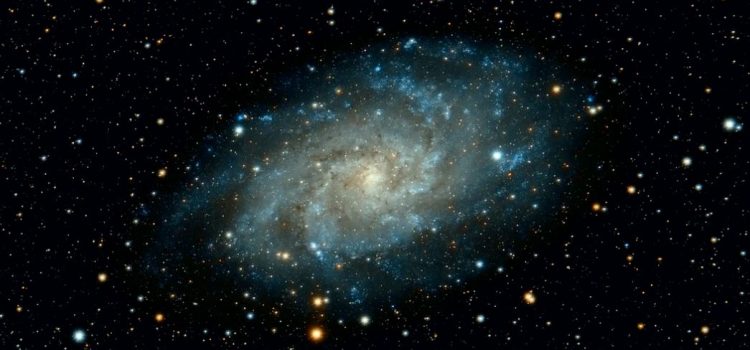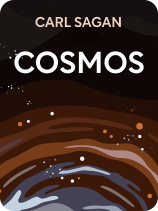

This article is an excerpt from the Shortform book guide to "Cosmos" by Carl Sagan. Shortform has the world's best summaries and analyses of books you should be reading.
Like this article? Sign up for a free trial here .
Are you looking for Cosmos quotes by Carl Sagan? How can these quotes help you better understand the book?
Carl Sagan is a Pulitzer Prize-winning author and perhaps the greatest astronomer of our age. In this book, he provides a comprehensive description of the science, philosophy, and history of astronomical discovery, from ancient Ionia to the time of the book’s publication in 1980.
Below, we’ll take a look at some Cosmos quotes with explanations.
Quotes From Cosmos
Cosmos is astronomer Carl Sagan’s exploration of the universe. He discusses some of the obstacles posed by religious belief and institutions to scientific inquiry throughout history, and he celebrates the victories of the scientific endeavor.
Here are some Carl Sagan quotes from Cosmos to get you thinking:
“Every one of us is, in the cosmic perspective, precious. If a human disagrees with you, let him live. In a hundred billion galaxies, you will not find another.”
Could life have evolved similarly on other planets? Sagan says it’s certainly possible. The gasses from which the first living molecules formed exist everywhere in the universe. However, for 3 billion years, life on Earth never evolved past blue-green algae, so Sagan points out that evolving large complex life forms is much harder than the origin of life itself. Therefore, he says that if there is life on other planets, it’s more likely to be simple organisms, because the time required to evolve complex intelligent life means that, statistically, the majority of life in the universe would be in some stage of evolution preceding the complex life form stage.
“The absence of evidence is not the evidence of absence.”
Sagan points out that it was actually quite rational to believe that the Earth is flat and that the sun revolves around us, because from our perspectives that’s exactly how it appears. The idea that the Earth is round, rotating, and orbiting the sun is contrary to what our sense perceptions tell us. So, even setting religious beliefs aside, it’s natural that humans strongly resisted these ideas for a long time, especially in the absence of the kind of technology we have now—for example, satellite photos.
This stresses the importance, though, of not conflating “absence of evidence” with “evidence of absence.” In other words, being unable to prove something exists is not the same as being able to prove it doesn’t exist. It was only the unrelenting persistence of these scientists in their attempts to explain why the planets moved irregularly relative to the stars that led to their revolutionary discoveries.
“Exploration is in our nature. We began as wanderers, and we are wanderers still. We have lingered long enough on the shores of the cosmic ocean. We are ready at last to set sail for the stars.”
Alpha Centauri is the closest “star” to us, being 4.3 light-years away, but Sagan explains that it’s actually a triple star system. Considering the vast distance, will it ever be possible to travel to other solar systems? Sagan suggests that nuclear fusion technology might make it possible to power spacecraft fast enough. However, he explains that such technology would require the spacecraft to be launched from Earth’s orbit, rather than from land, because of the dangers involved with the nuclear fusion reaction.
Sagan says the technology to build a ship that can travel anywhere close to light-speed is probably thousands of years away, but a ship using nuclear fusion technology may be able to travel about 10% the speed of light. With Alpha Centauri being 4.3 light-years away, a voyage there would take 43 years, meaning it would be feasible for humans to travel there within a lifetime. But he proposes that to travel any further, we might need “multigenerational” spacecraft, where generations of humans would be born and live their lives, so that subsequent generations might reach other solar systems.
Considering the scientific discoveries being made in Ionia over 2,000 years ago, Sagan believes that we might be there right now if that scientific inquiry had not been suppressed by religious forces for centuries.

———End of Preview———
Like what you just read? Read the rest of the world's best book summary and analysis of Carl Sagan's "Cosmos" at Shortform .
Here's what you'll find in our full Cosmos summary :
- Carl Sagan's insights into some of the universe's biggest questions
- The history of astronomical discovery, from ancient Ionia to 1980
- Why humans will need “multigenerational” spacecrafts to explore space






